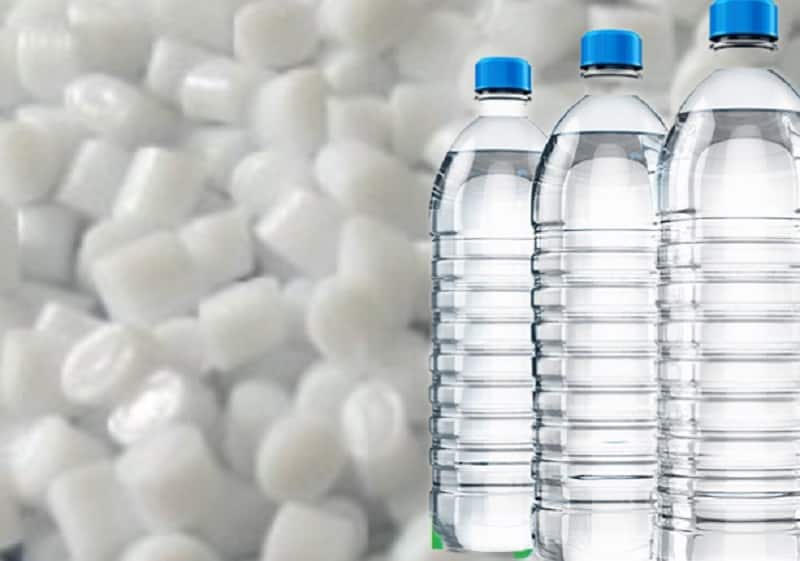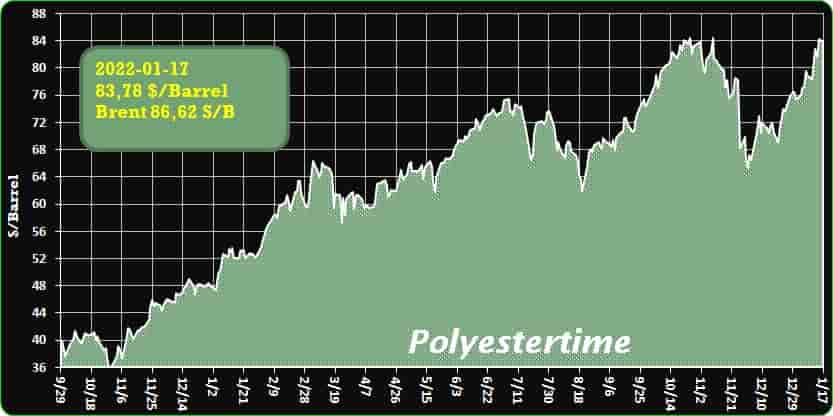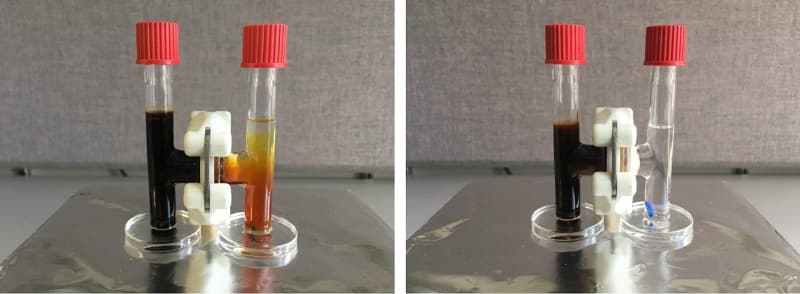Petrochemicals Recycled Kevlar fiber 17-01-2022 - Arhive
Petrochemicals Recycled Kevlar fiber
Paraxylene PTA Polyester Petrochemicals

Crude Oil Prices Trend

-University of Michigan uses recycled Kevlar fiber to solve lithium-sulfur battery life cycle issues
The University of Michigan Chemical Sciences and Engineering team, led by Professor Nicholas Kotov, has developed a “new biologically inspired battery membrane” with recycled Kevlar fibers that could quintuple electric vehicle ranges and have a lifespan of 1,000 cycles. Petrochemicals Recycled Kevlar fiber
The Ann Arbor, Michigan research facility is one of the best in the world, and Kotov, whose research focuses on the development of biomimetic nanocomposites, the self-assembly of nanoparticles, and chiral nanostructures, has worked to change the narrative on lithium-sulfur cells. “There are a number of reports claiming several hundred cycles for lithium-sulfur batteries, but it is achieved at the expense of other parameters—capacity, charging rate, resilience, and safety,” Kotov said in a press release from the University.
“The challenge nowadays is to make a battery that increases the cycling rate from the former 10 cycles to hundreds of cycles and satisfies multiple other requirements including cost.” Petrochemicals Recycled Kevlar fiber
Lithium-sulfur batteries can enable five times the capacity of standard lithium-ion cells, which are used in electric vehicles. However, as Professor Kotov mentioned in his quote, the lifespan is significantly decreased due to chemical reactions between molecules. The most common reason for reduced life cycles in lithium-sulfur batteries is dendrites, which are appendages that are designed to receive communications from other cells. These can pierce the membrane of cells, reducing the life span and thus the life cycle of a battery cell.
Another problem is polysulfides, or small molecules of lithium and sulfur, can form and flow to the lithium. They bond and cause blockages, reducing the effectiveness of the membrane. “The membrane is needed to allow lithium ions to flow from the lithium to the sulfur and back—and to block the lithium and sulfur particles, known as lithium polysulfides.”

Petrochemicals Recycled Kevlar fiber
–Paraxylene PTA Polyester Petrochemicals
-University of Michigan uses recycled Kevlar fiber to solve lithium-sulfur battery life cycle issues
–Anellotech: Bio-TCat technology is for commercialization
-Collaborative solution for processing recycled material into thin-walled containers
–Europe ACN buyers more regionalised in 2022, costs a concern
–BDI cautiously optimistic about German industry’s recovery
–China’s Omicron Outbreak Is Even Worse News for Global Supply Chains
–China’s State Council announces guidelines to stabilise trade
Food contact PCR Recycling 15-01-2022
Petrochemicals Recycled Kevlar fiber
